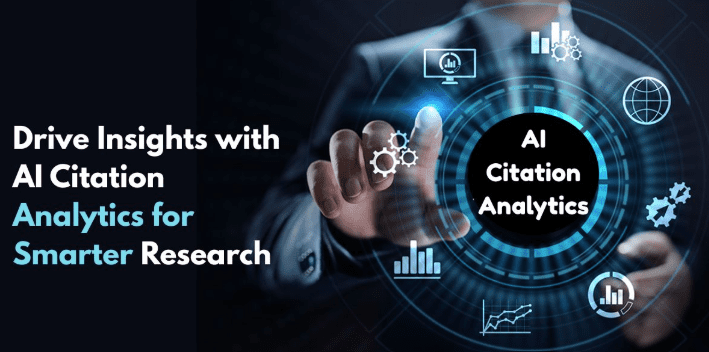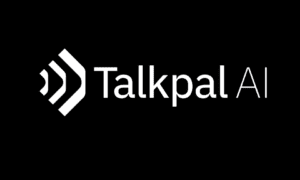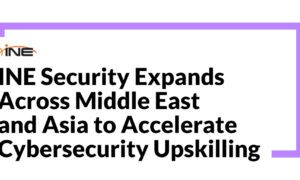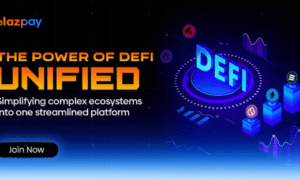Researchers have to deal with thousands of papers, and it’s tough to know which ones really matter. Missing key references or misunderstanding a citation can waste time, lead to mistakes, and weaken research findings. AI citation analytics helps solve this problem by showing which papers are important, how they’re connected, and what the citations actually mean – a smarter way to understand and use research effectively.
What is AI citation analytics?
AI citation analytics combines machine learning, natural language processing, and advanced network analysis to evaluate not just how often a paper is cited but how it is cited, by whom, and why. This post explores the tools, techniques, and strategies that modern SaaS and research professionals need, covering actionable insights for smarter, more strategic research.
In this guide, you will discover:
- Why raw citation metrics can mislead researchers
- How AI-based citation analytics bring clarity to context, sentiment, and influence
- Which dashboards, metrics, and workflows generate real value
- Ethical and data challenges to watch out for
- The best current tools for citation tracking, including Scite, Paperpal, and Semantic Scholar
- A real-world case study scenario
- A stepwise roadmap to get started now
The Limits of Traditional Citation Metrics
Most researchers and marketers know citation counts are often used to gauge a paper’s impact. But does quantity truly equal quality? Not always.
- Citation count vs. citation context: A high citation count could mean widespread support or frequent criticism. Raw numbers can obscure actual influence.
- Popularity doesn’t guarantee rigor: Papers may be cited for flawed methods, controversy, or simply because they fit a trend. Retracted articles sometimes accumulate hundreds of citations before errors surface.
- Real-world problems: Many academic reviews regret having relied on misleading “highly cited” work. Without context, readers can easily be led astray when building on weak or unsupported evidence.
This is why researchers especially in SaaS, e-commerce, and digital marketing need smarter analytics before making high-stakes decisions.
What AI Brings to Citation Analytics
AI-powered citation analytics moves beyond surface-level metrics using natural language processing, sentiment classification, and network analysis.
Key Innovations:
- Contextual Classification: Tools like Scite use deep learning to classify citations as “supporting,” “contrasting,” or merely “mentioning” the source. This gives researchers an immediate sense of whether a cited paper is validated, challenged, or simply referenced in passing. See more about Scite’s approach
- Embedding-Based Network Analysis: AI algorithms build intricate maps showing how papers connect, clustering by topic or influence, revealing true research fronts and hidden collaborations.
- Topic Modeling and Trend Detection: Semantic Scholar and Paperpal leverage AI to identify emerging research themes and areas of growth.
- Automated Summarization and Reference Verification: AI can instantly summarize cited claims, flag suspicious references, and validate authenticity, reducing the burden on human reviewers.
Try Wisio.app or arXiv’s plugins for embedding-based analysis.
Building a Citation Dashboard for Insight
A dashboard supercharges your workflow and decision-making. But what should it track?
Dashboard Metrics That Matter:
- Citation sentiment: Distinguish whether papers are supported or challenged by others.
- Citation velocity: Track citations over time-rapid increases suggest hot trends or emerging disputes.
- Network centrality: Spot central hubs, authorities, or isolated but influential nodes in your field.
Interpreting Metrics for Research Decisions
- Use citation sentiment to decide which papers to analyze deeply.
- Spot influential but under-recognized papers to avoid following fads.
- Track your own published work’s reception in real time-see where your ideas are being picked up or debated.
Integrating AI Citation Analytics into Your Research Workflow
Literature Review
- Filter out weak, unsupported, or controversial sources.
- Surface papers with strong supporting evidence.
Writing & Argumentation
- Build a bulletproof narrative by citing work with positive citation sentiment.
- Use analytics to construct evidence-driven arguments.
Grant Proposals & Peer Review
- Demonstrate your work’s influence and alignment with current trends.
- Spot potential reviewers or collaborators whose citation networks overlap yours.
Long-Term Strategy
- Map gaps and future directions by identifying rarely cited-but technically sophisticated-work.
- Find collaborators using network analysis of citation clusters.
Challenges and Ethical Considerations
No technology is perfect AI citation analytics brings new challenges.
- Accuracy and Bias: Models may misclassify sentiment or context, especially if trained on limited datasets.
- Manipulation Risks: Authors may engineer citations (“game the system”) for visibility, requiring ongoing algorithmic adjustment.
- Transparency and Trust: Validation and human oversight remain critical. Always verify AI insights manually before acting on them.
- Data Limitations: Not all databases are equally comprehensive; metadata gaps may undermine findings.
Researchers should remain aware of these risks and prioritize platforms with transparent algorithms and independent validation processes.
Tools and Technologies to Use (Current Landscape)
| Tool | Specialty | Features |
| Scite | Sentiment/Context Classification | Classify citations, monitor research reception |
| LLMClicks.AI | Research Automation / Analysis | AI-powered citation suggestions, literature insights |
| Paperpal | Topic Modeling/QA | Automated insights, writing aids |
| Semantic Scholar | Citation/Influence Graph | Visual graph, trend detection |
| pyBibX | Embedding/Scientometrics | Topic clustering |
| SciLit | Literature Discovery | Citation sentence generation |
| Scopus AI | Summarization/Expert Search | Foundational paper identification |
| Yomu.ai | Reference & Mention Tracking | Advanced citation analytics |
These platforms provide dashboards, APIs, and visualizations that go far beyond what manual spreadsheet citation tracking could ever offer. “Best AI visibility tool” and “AI mention tracking software” searches can help you find niche solutions for your discipline.
Getting Started: Roadmap for Researchers
Step 1: Identify and subscribe to AI citation platforms tailored for your field, balancing budget and depth.
Step 2: Define which metrics (sentiment, velocity, centrality) matter most for your research goals.
Step 3: Build or configure your dashboard-customize widgets, set alerts for trends.
Step 4: Use your analytics iteratively. Update reviews, refine arguments, and adapt strategies as new patterns emerge.
Step 5: Always verify AI findings manually, especially when making key decisions or publishing externally.
Conclusion
AI citation analytics offers far more than a count-it enables richer insight, deeper context, and strategic direction for SaaS, digital marketing, and research professionals. By combining sentiment analysis, trend detection, and network visualization, you can significantly amplify your research impact-going beyond simple popularity to true authority.



































